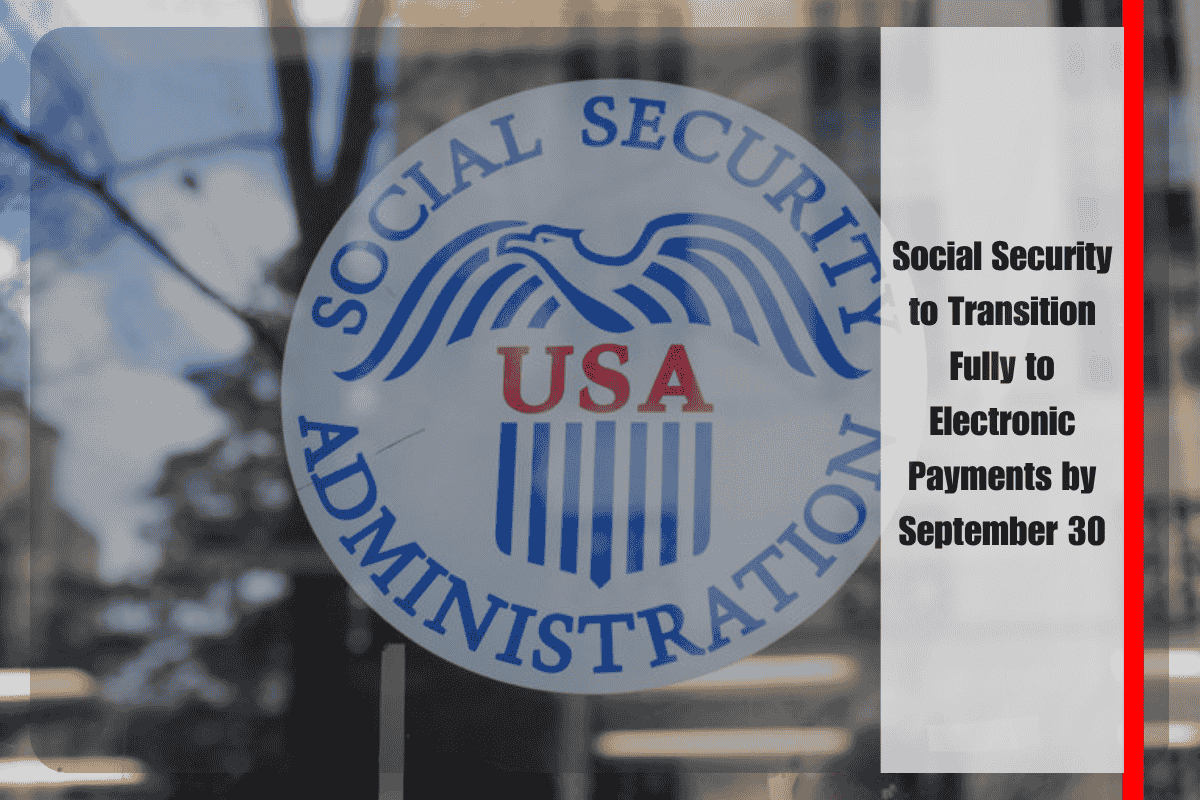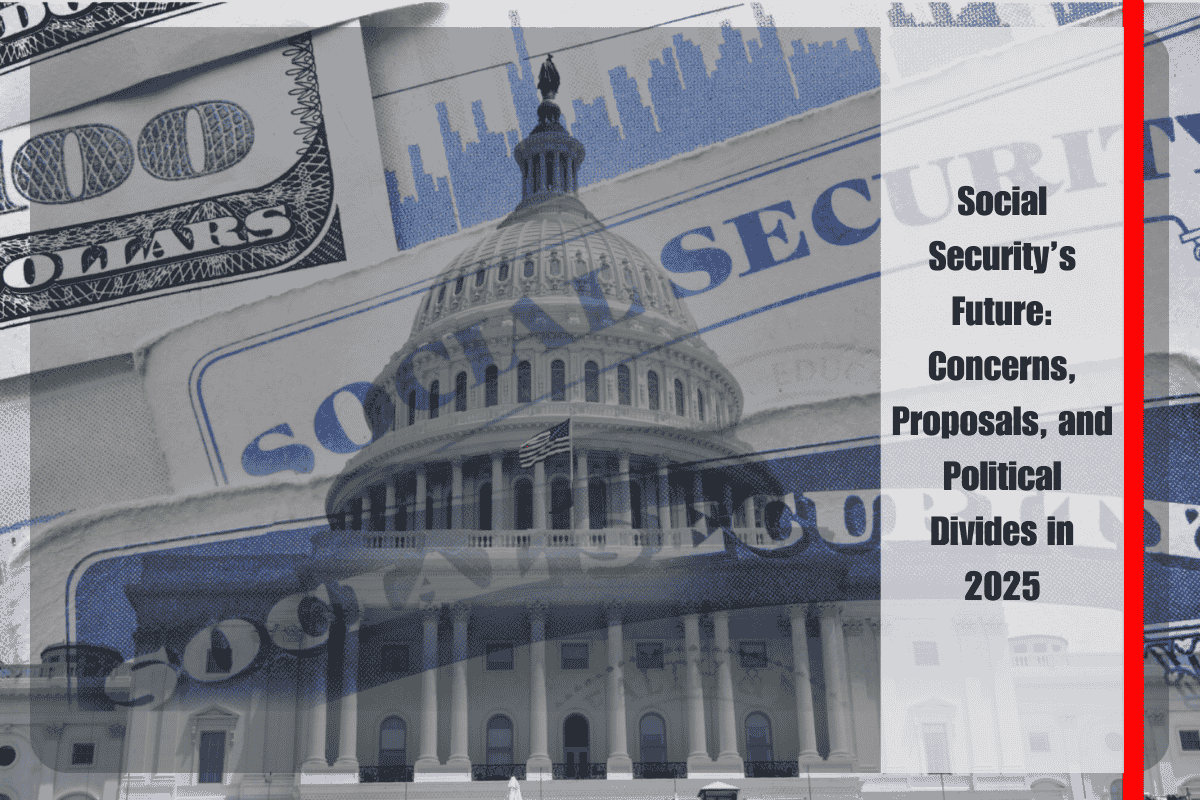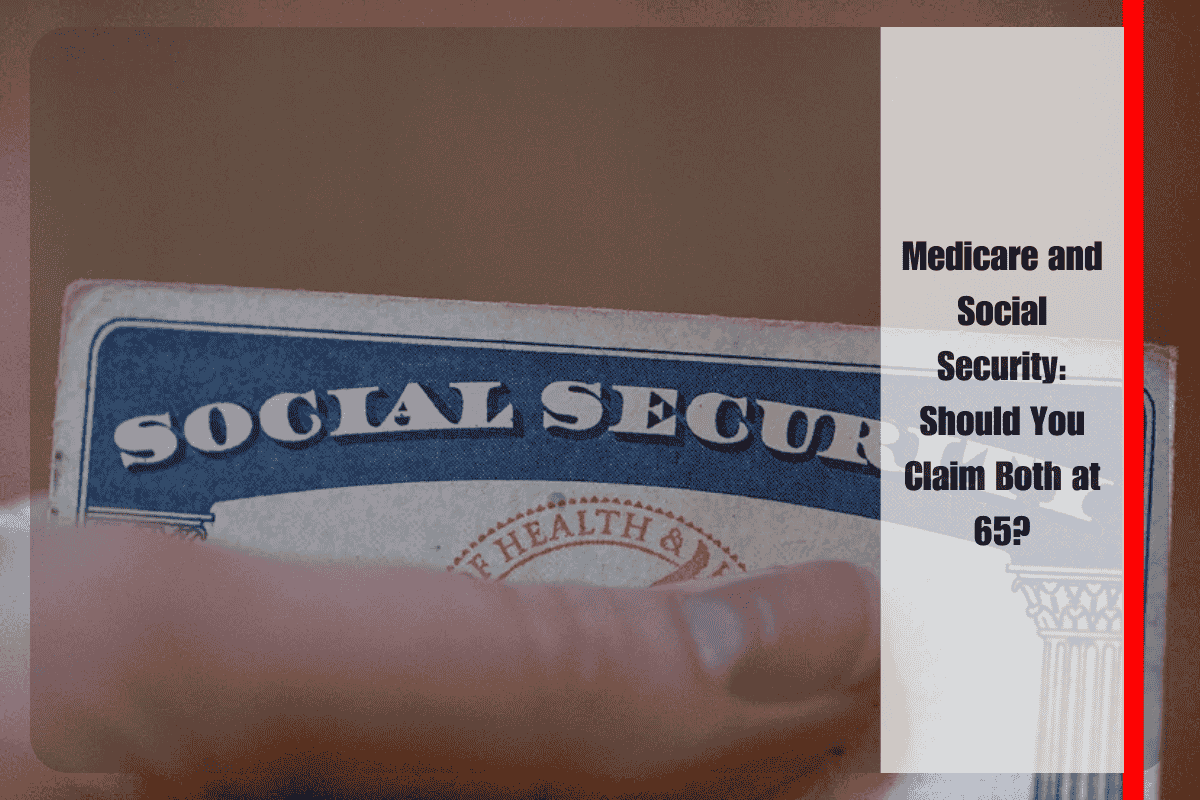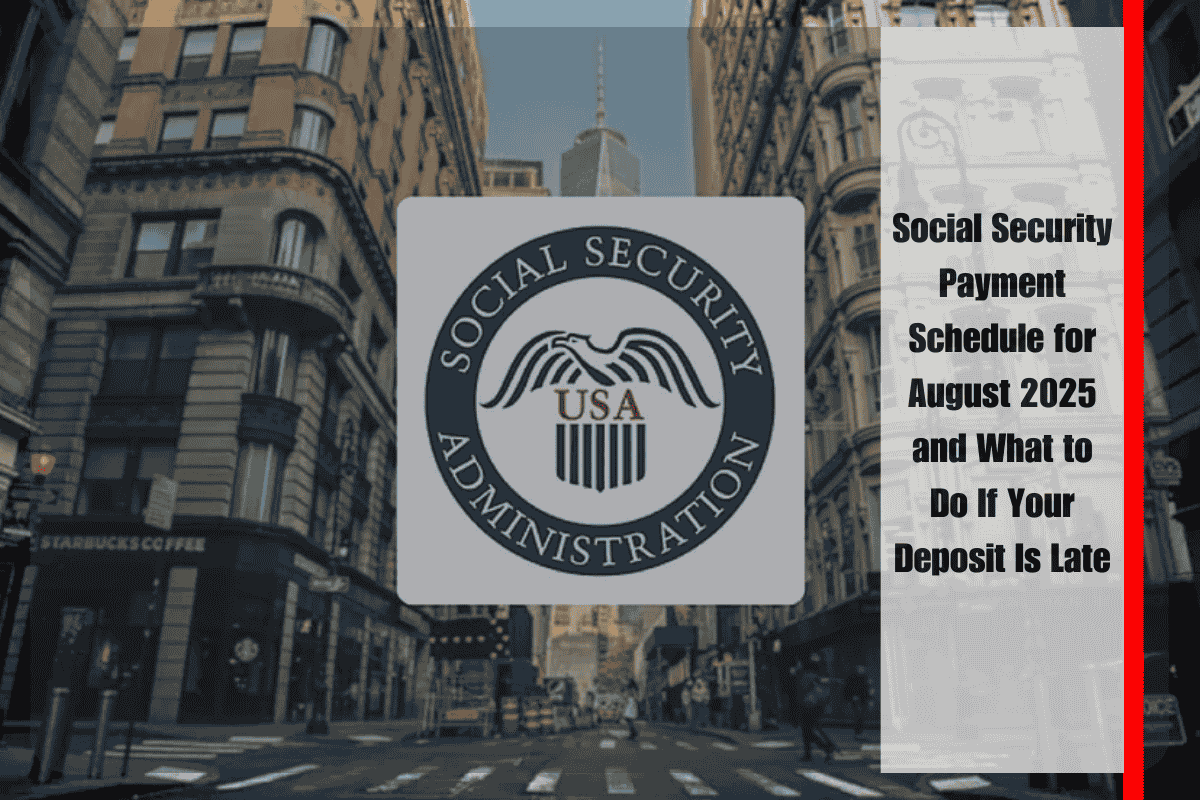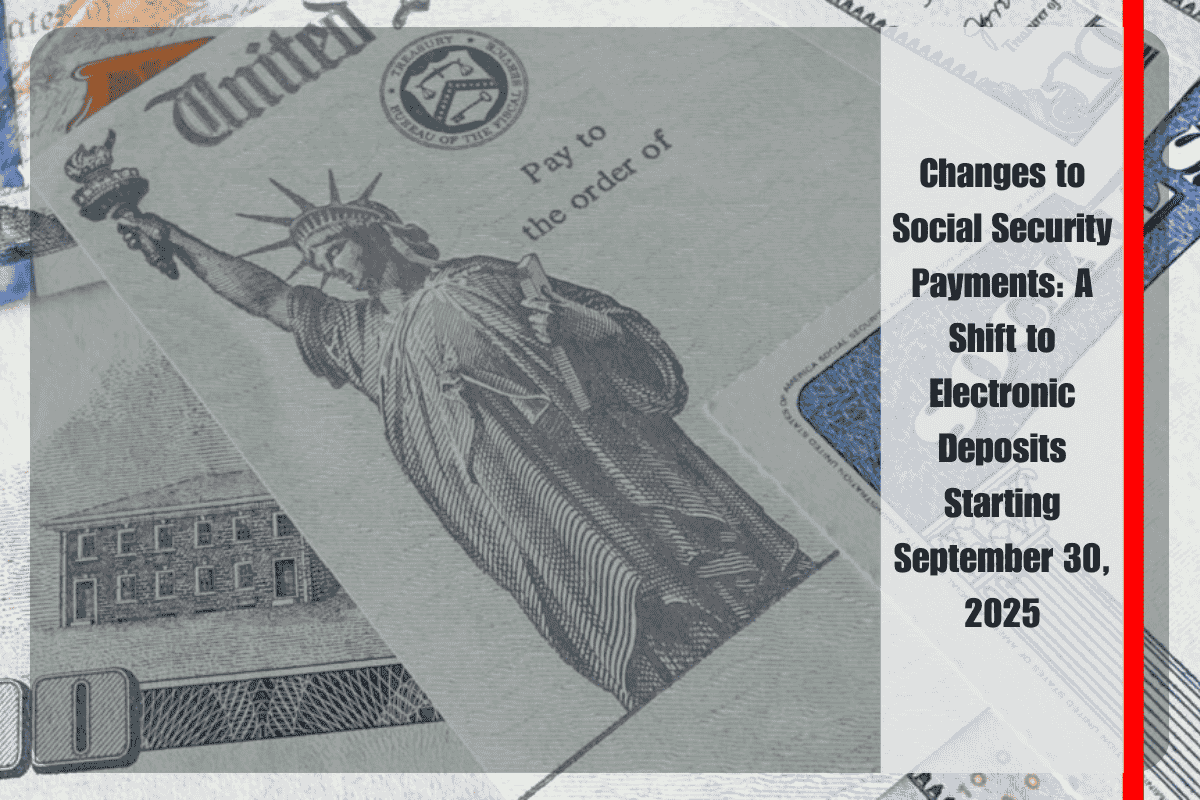Starting on September 30, 2025, the Social Security Administration (SSA) will complete its transition from paper check disbursements to electronic payments, a major step in the agency’s push to modernize its operations. This change will impact over 60 million Americans who rely on Social Security benefits for retirement, disability, and other forms of support.
The move, announced in May and confirmed in July, will require all Social Security recipients who still receive paper checks to switch to one of two electronic payment options: direct deposit into a bank account or a pre-paid Direct Express debit card. The U.S. Treasury Department’s decision to implement this change aims to reduce fraud and administrative costs. Issuing paper checks costs approximately 50 cents per transaction, while electronic payments cost less than 15 cents.
Why It Matters
The SSA’s modernization efforts are critical for ensuring that Social Security recipients can continue receiving their benefits in a timely and secure manner. Fraud has been a growing concern, especially with paper checks, as they are vulnerable to theft and manipulation, such as “check washing,” where criminals erase payee details on stolen checks. Michael Ryan, a finance expert, emphasized the risks associated with check washing scams, where stolen checks are altered to divert funds from vulnerable recipients.
Exceptions and Waivers
While the new policy will affect the vast majority of beneficiaries, there will be exceptions for those who cannot access or use electronic payments. The SSA has clarified that waivers can be granted in certain cases, such as for individuals with mental impairments, those aged 90 or older, or people living in areas without access to banking infrastructure. Beneficiaries who fall into these categories can request a waiver through the U.S. Treasury’s waiver line or by submitting an online request form.
Impact on Beneficiaries
Some beneficiaries are concerned about the transition, particularly seniors who may struggle with the digital shift. However, the SSA is working to mitigate potential disruptions by contacting affected individuals and helping them make the transition to electronic payments. The SSA has also expanded its My Social Security portal to provide 24/7 access, allowing users to manage their direct deposit information, verify benefits, and update documentation online.
Alongside this transition, the SSA has also raised withholding rates for beneficiaries with outstanding overpayment debts. In July, the withholding rate was increased from 10% to 50% of monthly benefits, a move intended to expedite the collection of approximately $32.8 billion in overpayments from 2020 to 2023. While this new rate reduces the previously proposed 100% withholding, it has sparked concern among advocates who fear it will place undue financial strain on low-income beneficiaries.
Reactions to the Change
The shift to electronic payments has received mixed reactions. Some financial experts, like Alex Beene and Kevin Thompson, support the change, highlighting its role in modernizing the payment system and reducing fraud. However, others, such as Drew Powers, argue that digital banking could present its own risks for fraud, as it is an area where much financial fraud already occurs. Regardless, the transition is seen as a necessary step to secure the future of Social Security payments and improve the agency’s efficiency.
As the deadline approaches, the SSA urges all affected beneficiaries to make the switch to electronic payments before September 30 to avoid disruptions in their benefits. The agency is actively working to ensure that those who require assistance with the transition can access the support they need.
